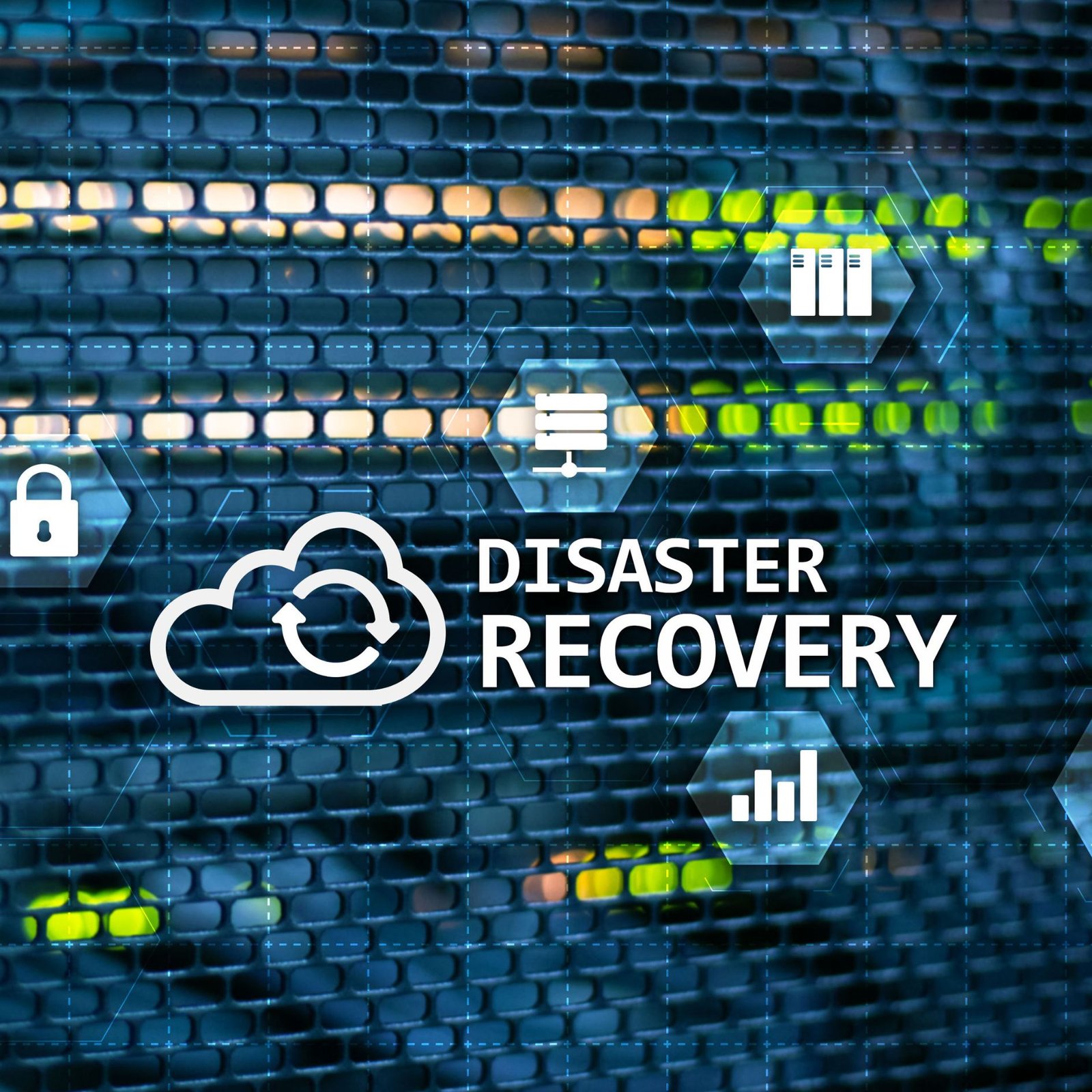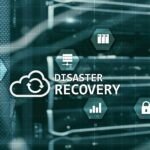Table of Contents
Introduction
In the digital age, data is the backbone of every organization. With increasing cyber threats, system failures, and natural disasters, having a reliable disaster recovery (DR) strategy is no longer optional—it’s essential. But when it comes to choosing between traditional disaster recovery and cloud-based disaster recovery, which one is right for your business?
This blog explores the key differences between traditional vs cloud-based disaster recovery, highlighting the pros, cons, costs, and business impact to help you make an informed decision.
1. Infrastructure Requirements
Traditional DR:
- Requires physical servers, storage, and backup hardware.
- Needs dedicated off-site facilities for data replication.
- High upfront capital investment.
Cloud-Based DR:
- Utilizes virtual infrastructure via cloud service providers.
- No need for physical hardware or off-site locations.
- Lower capital expense, with pay-as-you-go model.
Key Takeaway: Cloud DR eliminates the complexity and cost of managing on-premise infrastructure.
2. Deployment Speed and Flexibility
Traditional DR:
- Long setup times, often weeks or months.
- Difficult to scale quickly or adapt to changing business needs.
Cloud-Based DR:
- Fast provisioning of resources in minutes or hours.
- Easily scalable based on workload demands.
- Supports disaster recovery as a service (DRaaS) models.
Key Takeaway: Cloud-based solutions are far more agile and adaptable than traditional DR.
3. Recovery Time and Recovery Point Objectives (RTO/RPO)
Traditional DR:
- Recovery times can be slow due to manual processes.
- RPOs may be hours or even days, depending on backup frequency.
Cloud-Based DR:
- Faster failover and failback with automation.
- Shorter RTO and RPO through real-time data replication.
Key Takeaway: Cloud DR drastically reduces downtime and data loss in emergencies.
4. Cost Comparison and ROI
Traditional DR:
- High capital expenditure for hardware, maintenance, and staffing.
- Long-term ROI is often difficult to measure.
Cloud-Based DR:
- Lower upfront costs and predictable monthly billing.
- Better ROI through operational efficiency and reduced downtime.
Key Takeaway: Cloud DR offers a more cost-effective disaster recovery solution, especially for small and medium-sized enterprises.
5. Management and Maintenance
Traditional DR:
- Requires in-house IT teams to manage backups, updates, and hardware.
- More prone to human error and maintenance delays.
Cloud-Based DR:
- Managed by cloud vendors with built-in automation.
- Easier backup and recovery strategy execution.
- Minimal IT intervention needed.
Key Takeaway: Cloud DR frees up internal IT resources for strategic initiatives.
6. Scalability and Storage Capacity
Traditional DR:
- Limited by physical hardware.
- Scaling requires additional investments and planning.
Cloud-Based DR:
- On-demand scalability of storage and computing power.
- Suitable for growing businesses and fluctuating workloads.
Key Takeaway: Cloud DR ensures scalability in disaster recovery without infrastructure constraints.
7. Security and Compliance
Traditional DR:
- Security depends on physical controls and local networks.
- Compliance management is manual and complex.
Cloud-Based DR:
- Offers cloud-native security, encryption, access control, and compliance tools.
- Supports frameworks like ISO 27001, HIPAA, GDPR, and more.
Key Takeaway: Cloud DR simplifies business continuity planning and compliance.
Bonus: Use Cases for Cloud DR vs Traditional DR
| Use Case | Traditional DR | Cloud-Based DR |
| Large Enterprises with Data Centers | Yes | Yes |
| Startups and SMEs | No | Yes |
| Global Remote Workforce | No | Yes |
| High Compliance Needs | Yes | Yes |
| Cost-Sensitive Businesses | No | Yes |
Conclusion: Which Disaster Recovery Model Should You Choose?
When comparing traditional vs cloud-based disaster recovery, the right solution depends on your business goals, budget, and IT capabilities.
Choose traditional DR if:
- You already have on-premise infrastructure.
- You require full control over your hardware.
- You operate in highly restricted environments.
Choose cloud-based DR if:
- You want lower costs and faster recovery.
- You need scalability and flexibility.
- You are preparing for modern, cloud-first infrastructure.
As organizations evolve in 2025, many are adopting hybrid DR strategies, combining the best of both worlds. However, cloud disaster recovery vs on-premise is no longer just a debate—cloud is quickly becoming the new standard.









